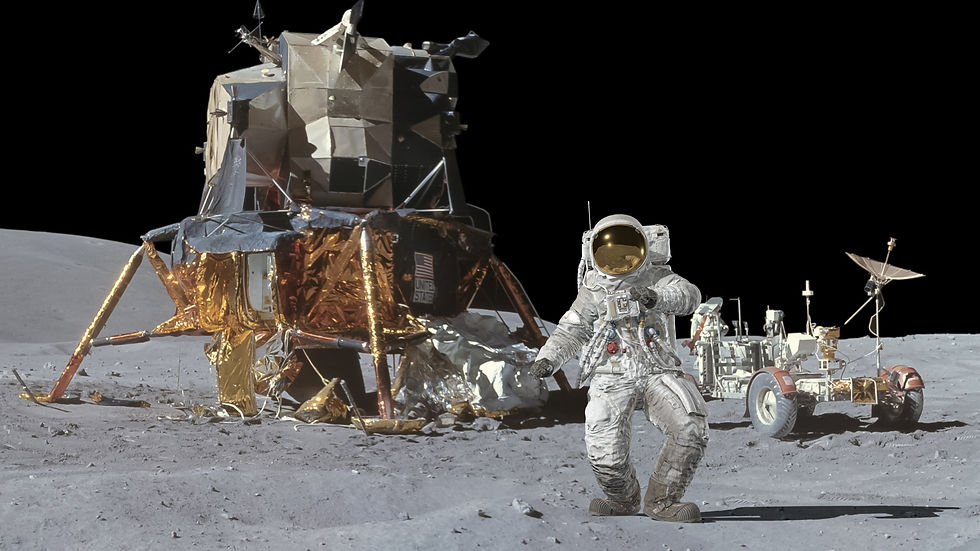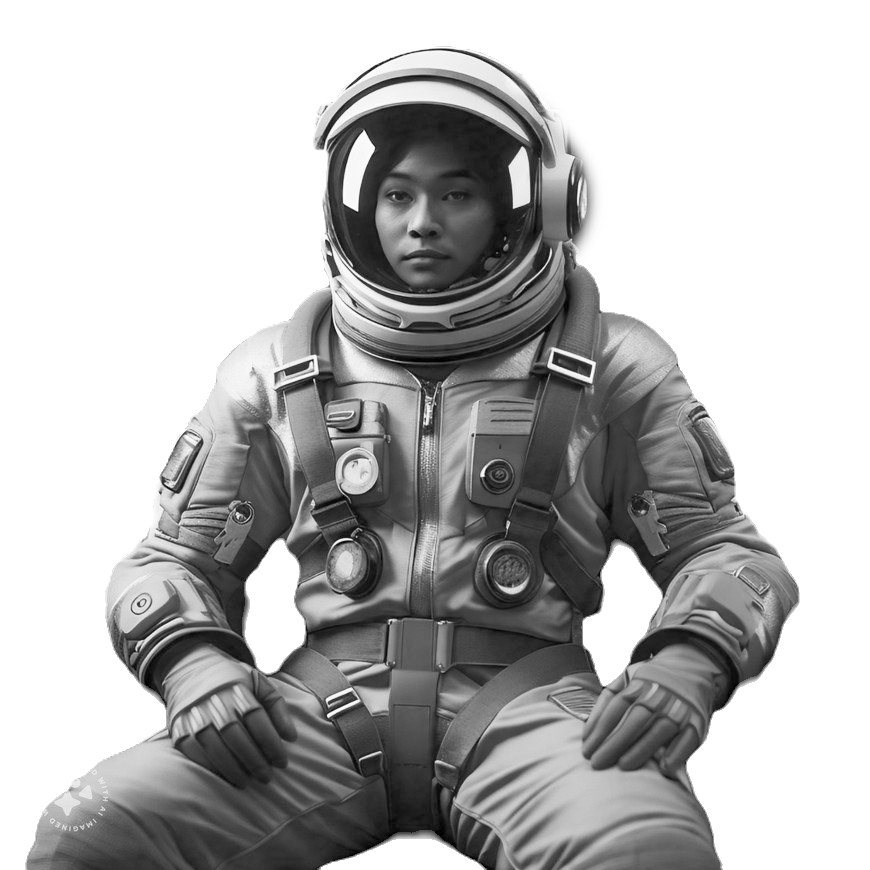Landstronaut University
Facilities

Landstronaut University's story begins with our founder, Lisa TheLandstronaut, whose remarkable journey through significant adversities and systemic barriers led her to become a trailblazing Landstronaut. Facing numerous challenges, she remained resolute, driven by a vision to transform the space exploration landscape.
Best in Class Features

Industry-Leading Faculty
-
Our programs are led by experts in space and aviation who bring real-world experience into the classroom.

Flexible Learning:
-
Our programs are designed so that students can join at any time and progress at their own pace, with both in-person and virtual options.

Hands-On Learning
-
Every student engages in practical projects, from building models to running simulations, ensuring they gain the skills they need to succeed.

Global Partnerships
-
Our academy partners with leading space agencies and aviation companies, providing students with unparalleled networking opportunities and real-world exposure.

State-of-the-Art Virtual Facilities:
With flight simulators, science labs, and interactive space exploration centers, students get access to cutting-edge tools and environments.

thelandstronaut lab
A fully immersive VR and AR lab where students can experience simulated space environments, including extraterrestrial colonies, zero-gravity scenarios, and spacewalk training.
Human Performance Technologies:
-
VR/AR Platforms: Oculus Rift, HTC Vive, and custom VR simulations designed for space exploration.
-
360° Motion Capture Cameras: For fully immersive training sessions, capturing student interactions with the virtual environment.
-
Haptics: Wearable haptic suits (Teslasuit) that provide sensory feedback for zero-gravity simulations, planetary walks, and equipment handling.
-
AI Simulation Engine: Powered by NVIDIA AI to generate real-time adaptive training environments.
-
Planetary Terrain Simulation: High-fidelity 3D modeling of Mars, the Moon, and asteroid surfaces.

design studio
Space Suit Design
We are partnered with Landstronaut Institute of Technology, a cutting-edge design and prototyping facility for creating spacecraft, space station modules, and interplanetary vehicles. It incorporates additive manufacturing, robotics, and computer-aided design (CAD).
-
Technologies:
-
CAD Software: SolidWorks, CATIA, AutoCAD for spacecraft and space habitat design.
-
3D Printers:
-
Metal Additive Manufacturing: Laser-based metal 3D printers (SLM Solutions 280HL) to fabricate space-grade parts and structures.
-
Polymer and Composite 3D Printers: Markforged and Stratasys machines for printing lightweight, high-strength materials used in spacecraft interiors.
-
-
Advanced Robotics: Industrial robotic arms (KUKA, ABB) for automated assembly and construction simulations.
-
Vacuum Chambers: To test structural designs under vacuum conditions, simulating the space environment.
-
Thermal Simulation Tools: Simulate extreme temperature variations experienced in space (ranging from -150°C to 150°C).
-
-




research lab
This facility focuses on developing technologies for space exploration and habitation. It specializes in biotech for space, radiation mitigation, and life support systems for space environments.
Technologies:
-
Radiation Exposure Chambers: Designed to simulate cosmic radiation and its effects on biological tissue and materials. Utilizes particle accelerators to mimic cosmic rays.
-
Cryogenics Lab: For long-term preservation technologies and research into cryo-sleep and cold storage for interplanetary travel.
-
Hydroponic and Aeroponic Growth Systems: Research into growing food in space with minimal water, sunlight, and soil.
-
Bioregenerative Life Support Systems (BLSS): Closed-loop systems that recycle air, water, and waste, simulating space-based ecosystems for long-duration missions.
-
Radiation Shielding Development: Uses advanced materials such as boron nitride nanotubes (BNNTs) and polyethylene composites for shielding astronauts and spacecraft from radiation.

blockchain innovation center
Blockchain Innovation Center (BIC)
Focused on the integration of blockchain technology and smart contracts into space commerce, property rights, and supply chains.
-
Technologies:
-
Decentralized Ledger Platforms: Using Ethereum and Hyperledger Fabric to create smart contracts for space industries.
-
IoT Integration: Linking Internet of Things (IoT) devices on spacecraft and stations to blockchain networks for autonomous operations, including resource management and inventory tracking.
-
Quantum Cryptography Tools: For ultra-secure communication and transaction systems that will be critical for interplanetary networks.
-
NFT and Intellectual Property Protections: Platforms for creating and managing intellectual property rights for content created in space, including music, art, and technological patents.




spaceflight simulation hub
An advanced simulator for space missions and long-term habitation, allowing students to practice critical operations in high-fidelity spacecraft and space habitat environments.
Technologies:
-
Flight Simulators: Custom-built spacecraft simulators modeled on real-world designs (SpaceX Dragon, Boeing Starliner).
-
Simulated Microgravity Chamber: Using free-floating environments and suspension systems to recreate zero-gravity conditions.
-
Mission Control AI Systems: Simulated mission control using AI-driven algorithms to test responses to system failures, emergencies, and deep space communication delays.
-
Augmented Reality Mission Briefings: AR interfaces for real-time mission briefings and scenario planning.

institute of technolgy
We are partnered with Landstronaut Institute of Technology, a cutting-edge design and prototyping facility for creating spacecraft, space station modules, and interplanetary vehicles. It incorporates additive manufacturing, robotics, and computer-aided design (CAD).
-
Technologies:
-
AI Robotics: Research and development of robotic assistants for spacecraft maintenance, autonomous construction, and planetary exploration.
-
AI-Powered Decision Systems: Autonomous decision-making tools for spacecraft operations and deep space missions. Uses deep learning models from OpenAI GPT, Google DeepMind, and NASA’s AI technologies.
-
Autonomous Rover Testing Field: An artificial planetary terrain for testing rovers equipped with AI-driven navigation systems, similar to NASA’s Mars rovers.






